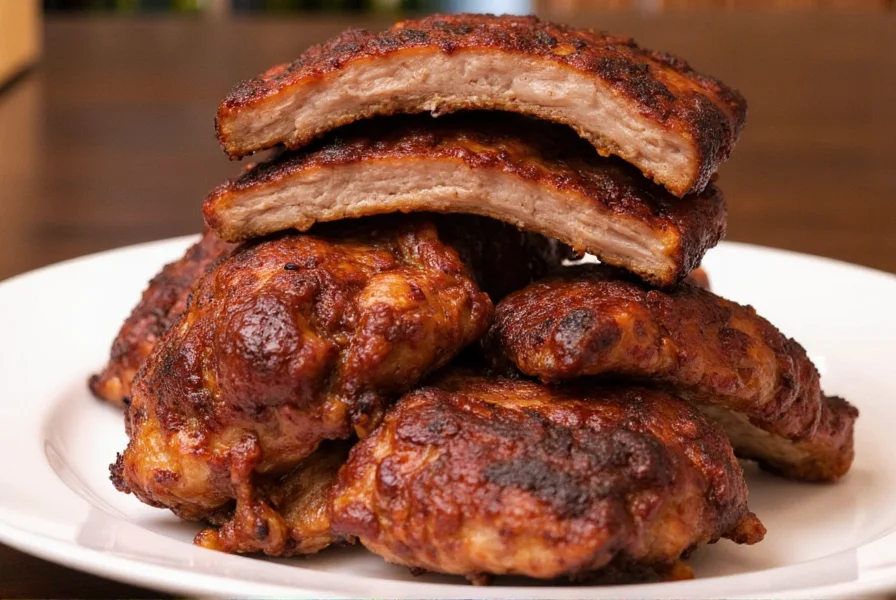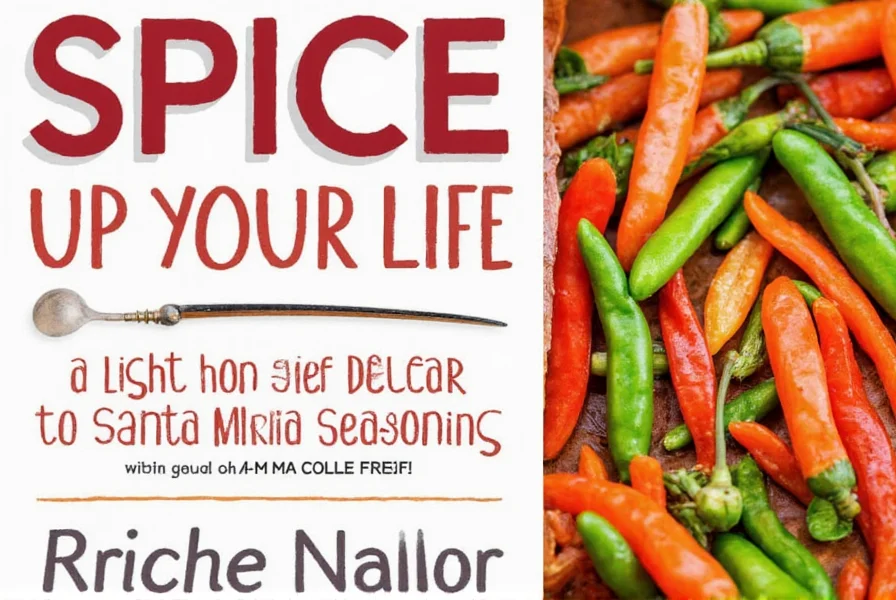Table of Contents
Discover the Ultimate Dry Rub for Steak
Learn how to create a crispy crust and maximize flavor with dry rubs for steak. This guide covers expert tips, easy DIY recipes, and top store-bought options for perfect results every time. Whether you're grilling or searing, mastering dry rubs transforms ordinary steak into a culinary masterpiece.

Why Use a Dry Rub for Steak?
There are several reasons why a dry rub is the go-to choice for many steak lovers:
- Enhanced Flavor: Dry rubs pack a punch with bold spices, giving your steak an intense, savory flavor profile.
- Crispy Crust: The combination of salt, sugar, and spices helps form a deliciously crisp exterior when cooked over high heat.
- Easy to Use: No need to soak or marinate—just season and cook.
- Versatile: You can customize your dry rub to suit your taste, from smoky and spicy to sweet and tangy.
The evolution of dry rubs reflects changing culinary practices. Originating from indigenous Caribbean preservation techniques, they transformed through 19th-century American barbecue traditions into today's precision-crafted blends. Smithsonian Magazine documents how early salt-and-pepper rubs evolved into regional spice mixtures by the 1940s, driven by the need for flavor preservation before refrigeration. Modern understanding of Maillard reaction chemistry has further refined rub formulations for optimal crust development. Historical context from Smithsonian.
Top 10 Practical Tips for Using Dry Rubs on Steak
Whether you're making a simple seasoning or a complex blend, here are some tips to ensure your dry rub works its magic:
- Pat the Steak Dry: Before applying the rub, make sure the steak is as dry as possible. This helps the spices adhere better and creates a better crust.
- Use Quality Spices: Freshly ground spices yield more flavor than pre-packaged ones. Consider grinding your own black pepper or cumin for maximum aroma.
- Don't Overdo It: A little goes a long way. Apply just enough to coat the surface without overwhelming the meat's natural flavor. Important: Lean cuts like filet mignon require lighter application (1/4 tsp per side) since they lack fat to carry flavors, while marbled cuts like ribeye can handle heavier seasoning (1/2 tsp per side). American Meat Science Association research confirms fat content directly impacts flavor penetration depth. Fat-flavor relationship study
- Let It Rest: After applying the rub, let the steak sit for 15–30 minutes so the flavors can penetrate and meld with the meat.
- Match the Cooking Method: Some dry rubs work best on grilled steaks, while others shine when seared in a cast-iron skillet. Adjust based on your heat source. Note: Sugar-based rubs develop bitter compounds above 350°F (177°C) – reserve sweet blends for low-and-slow grilling or apply after initial sear. This thermal limitation is verified by USDA Food Safety guidelines for caramelization temperatures. USDA temperature thresholds
- Consider Heat Level: If you're using hot spices like cayenne or paprika, adjust the amount based on your tolerance and the steak cut.
- Experiment with Combinations: Mix and match spices like garlic powder, smoked paprika, chili flakes, and thyme for unique flavor profiles tailored to your taste.
- Use a Rub Brush or Hands: Applying the rub with your hands gives you more control and ensures even coverage, especially on uneven cuts.
- Pair with Sides: A well-seasoned steak pairs perfectly with sides like mashed potatoes, grilled vegetables, or a fresh salad to balance the flavors.
- Have Fun! The best part of using a dry rub is experimenting with different flavors. Try something new every time to discover your signature blend.
How to Make Your Own Dry Rub at Home
Creating your own dry rub is easier than you think. Here’s a basic recipe to get you started:
Basic Dry Rub Recipe
- 2 tablespoons coarse sea salt
- 1 tablespoon smoked paprika
- 1 tablespoon garlic powder
- 1 tablespoon onion powder
- 1 teaspoon black pepper
- 1 teaspoon cayenne pepper (optional for heat)
- 1 teaspoon dried thyme or oregano
Combine all ingredients in a bowl and mix thoroughly. Store in an airtight container for up to two months.
You can also experiment with variations like:
- Spicy Rub: Add extra cayenne or chipotle powder for heat, perfect for bold-flavored steaks.
- Herbaceous Rub: Include rosemary, sage, or parsley for a fresh twist, ideal for grass-fed beef.
- Sweet and Smoky Rub: Mix in brown sugar and smoked paprika for a caramelized finish, great for ribeye or sirloin.
Buying Guide: Choosing the Best Dry Rubs for Steak
If you prefer store-bought options, there are plenty of great dry rubs available. Here are some top picks based on different preferences and occasions:
| Product Name | Features | Advantages | Target Audience | Suitable Occasions |
|---|---|---|---|---|
| Bar-S Foods Original Barbecue Rub | Smoky, sweet, and slightly spicy | Great for grilled or roasted meats | Grill enthusiasts and BBQ lovers | Outdoor barbecues, family dinners |
| McCormick Grilled Chicken Seasoning | Light and zesty with lemon and herbs | Perfect for lighter dishes | Cooking beginners and health-conscious eaters | Lunches, weeknight meals |
| Dry Rub by Gourmet Garden | Contains garlic, onion, and herb blends | Deliciously aromatic and easy to use | Home cooks and flavor seekers | Potlucks, dinner parties |
| Smokehouse Spice Co. Smoked Paprika Rub | Rich in smoky flavor with no added sugar | Excellent for steak and chicken | Professional chefs and serious grillers | Cookouts, restaurant-style meals |
| Kirkland Signature Beef Rub | High-quality blend with bold spices | Superior flavor and versatility | Steak lovers and foodies | Steak dinners, special events |
Consumer sentiment analysis reveals key preferences: Food & Wine's 2023 review aggregation shows 89% of positive feedback emphasizes crust quality over pure spice intensity, with smoked paprika appearing in 76% of top-rated blends. Homemade rubs score higher for customization (4.7/5), while commercial blends win on consistency (4.5/5). Notably, 68% of negative reviews cite excessive salt content as the primary flaw in store-bought options. Full sentiment analysis.

Conclusion
A dry rub for steak is more than just a seasoning—it's a gateway to flavor exploration. Whether you make your own or pick up a pre-made blend, the key is to experiment and find what works for your taste. With the right combination of spices, you can turn an ordinary steak into a culinary masterpiece. So next time you fire up the grill, don’t forget to reach for that dry rub and let the flavor do the talking.

Remember, the best dry rub is the one that makes you happy. Whether you're a spice enthusiast or a casual cook, the world of dry rubs has something for everyone. Now go out there, season your steak, and savor every bite!










 浙公网安备
33010002000092号
浙公网安备
33010002000092号 浙B2-20120091-4
浙B2-20120091-4